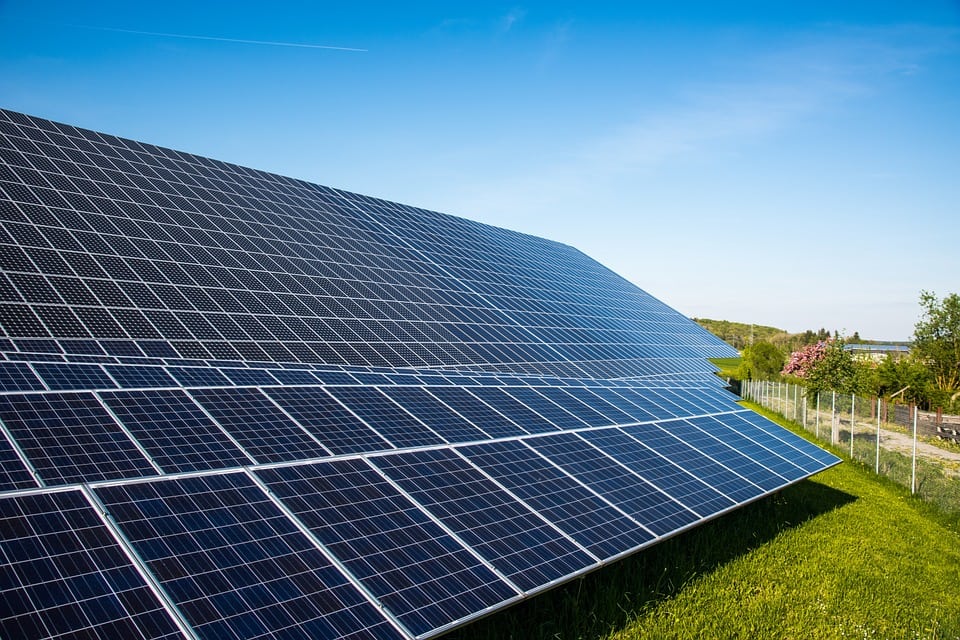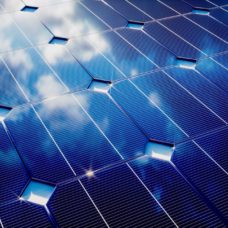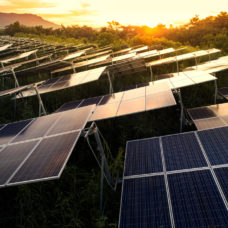Researchers from the University of British Columbia have found a low-cost and sustainable means of harvesting energy from the sun using biogenic solar cells.
The biogenic solar cells were made from bacteria and can reportedly generate a current stronger than any previously recorded from similar devices. What’s even more interesting is that the solar cells can function the same way they do in bright light when they are in dim light.
According to the researchers, their solar power innovation could be beneficial in places where overcast skies are common like in British Columbia and northern parts of Europe. Further development of the new solar cells could make it as efficient as the synthetic cells used today in manufacturing solar panels, the researchers claimed.
“These hybrid materials that we are developing can be manufactured economically and sustainably, and, with sufficient optimization, could perform at comparable efficiencies as conventional solar cells,” Vikramaditya Yadav, a professor in UBC’s Department of Chemical and Biological Engineering, said.
“Our solution to a uniquely B.C. problem is a significant step toward making solar energy more economical.”
Efforts to create biogenic solar cells in the past were costly and had been focused on extracting the natural dye used by bacteria during photosynthesis. Aside from that, the process was complicated and often involved the use of toxic solvents that causes the color to degrade.
The UBC researchers used a different approach to create their solar cells. They left the dye in the bacteria and instead, they genetically engineered E. coli so it would produce massive amounts of lycopene. This is the chemical responsible for the red-orange color of tomatoes and is highly effective when it comes to harvesting light that can be converted to energy.
The bacteria were then coated by the researchers with a mineral that acts as a semiconductor. Afterward, they applied their mixture to a glass surface. The material was able to generate a current density of 0.686 milliamperes per square centimeter, the highest recorded current density for a biogenic solar cell to date.
Currently, the researchers are working to create a process that would not kill the bacteria, allowing it to produce dye continuously. The research paper on this new solar cell technology has been published in the journal Small.



















Comments (0)
Most Recent